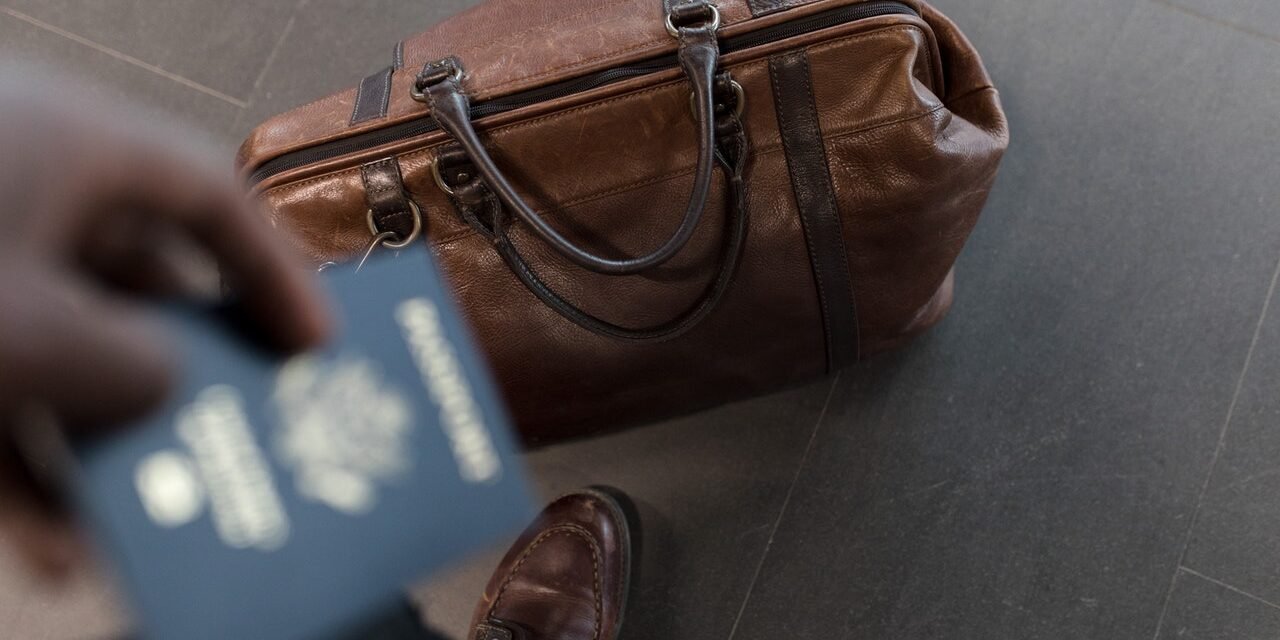Cracking the world’s biggest business-travel market – McKinsey & Company
Asia accounts for more than a third of the world’s $1 trillion business-travel sector, and the region’s growth is accelerating. Do you understand its customers?
Asia is the world’s biggest market for business travel, accounting for 38 percent of about $1 trillion in annual spending.And in the next few years, its importance will only grow, as the market is expected to expand four times as quickly as the North American market and more than twice as fast as the European market.
With Asia’s position growing, the industry must work harder to understand the needs of the Asian business traveller, which we define as those based in the region. To help get a clear picture of the needs of this important segment, we surveyed more than 2,500 business travellers in China, India, Indonesia, Japan, and Singapore and interviewed 19 corporate-travel managers in various industries in the region. In addition, we analyzed the booking and spending patterns of Asia’s business travellers, using data provided by Amadeus and Visa.
Business travellers in Asia have an unexpected degree of autonomy when making travel plans, especially in areas such as booking flights and hotels. Our survey found that 69 percent of respondents are able to choose their airlines, either from a preapproved list or without restrictions. In fact, this included 11 percent with no constraints on either provider or price. Similarly, 74 percent of respondents said they have the same degree of freedom in picking a hotel, of which 9 percent said they have no restrictions whatsoever.
Yet despite this high degree of autonomy, Asia’s business travellers want even more. Our survey found that the top three booking methods are all autonomous: the strongest preference is to book travel independently through online travel agents, the next is to book directly with providers, and the third is to use their company’s online-booking tool. Companies also are recognizing the benefit of offering employees more flexibility and choice, with many reporting increased compliance and reduced administrative costs. Techniques such as gamification (where employees are rewarded for choosing lower-cost travel options) are also emerging to promote compliant, cost-conscious behaviours.
Clearly, the business-travel industry in Asia can no longer rely excessively on relationships with corporate-travel managers, but it must also gain greater insights into the wishes of the travellers themselves. Some travel companies are already doing this and targeting business travellers directly. For example, when one airline was taken off the preferred list by a major corporation, the airline contacted the most lucrative frequent fliers in that company and offered them the highest loyalty status and all the accompanying perks if they maintain certain mileage thresholds.
Across all demographics explored including age, frequency of travel, and company size Asia’s business travellers place the greatest importance on one preference: convenience. For air travel, this often means convenient flight times and direct flights. For hotels, it means proximity to the office and services such as Wi-Fi that allow for more efficient work. Convenience dwarfed other priorities suggested in the survey, such as value for money and award-winning service. Indeed, if respondents deviate from corporate-travel policy, their most frequently cited reason is to enhance convenience.
This means travel companies must understand they are, among other things, in the business of selling time: more specifically, time saved from business and travel demands that could be put to other uses like leisure. In focusing on delivering greater efficiencies, some obstacles such as flight times and hotel locations cannot be addressed quickly. Other measures, however, such as operational efficiencies, are more readily at hand.
For example, in 2010 Delta Air Lines made it a priority to improve its on-time arrivals; it moved from the bottom of the performance list among US airlines to near the top within five years. In addition, it offered businesses travel credits of up to $250,000 if its performance were to fall behind that of its major competitors.
Our survey identified clear differences in needs from country to country. For example, respondents from Singapore put the greatest emphasis on comfort, while those in India were more interested in digital planning and booking tools. Yet it also pinpointed four common traveller archetypes: service seekers (34 percent of respondents), stereotypical suits (32 percent), belt tighteners (17 percent), and points maximizers (17 percent).
These four groups transcend geographic boundaries and are just as important to understand as national differences. Each group has its own focus: stereotypical suits clearly emphasize convenience; service seekers, service and brand; belt tighteners, price and value; and points maximizers, loyalty programs and comfort. As a result, differentiated offerings are required to engage, serve, and capture the business of each archetype. Stereotypical suits, for instance, require prioritized, expedited services that save them time and eliminate hassle. To win service seekers, however, travel companies must appeal to their desire for distinctive experiences with exclusive amenities and offers. Value-focused, no-frills services would be most attractive to belt tighteners, while some companies appeal to points maximizers by establishing networks and partnerships that allow travellers to gain benefits across different travel providers.





